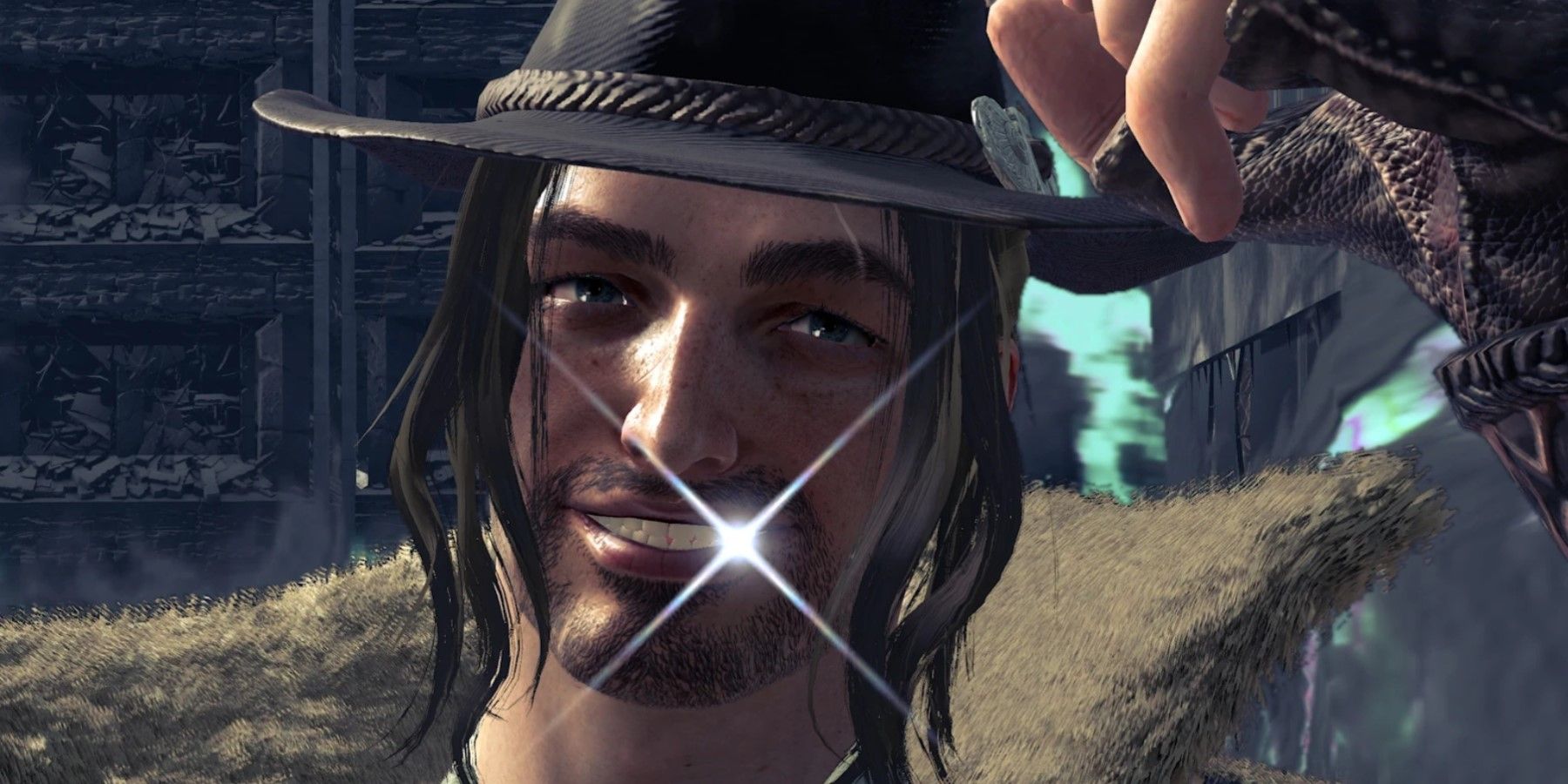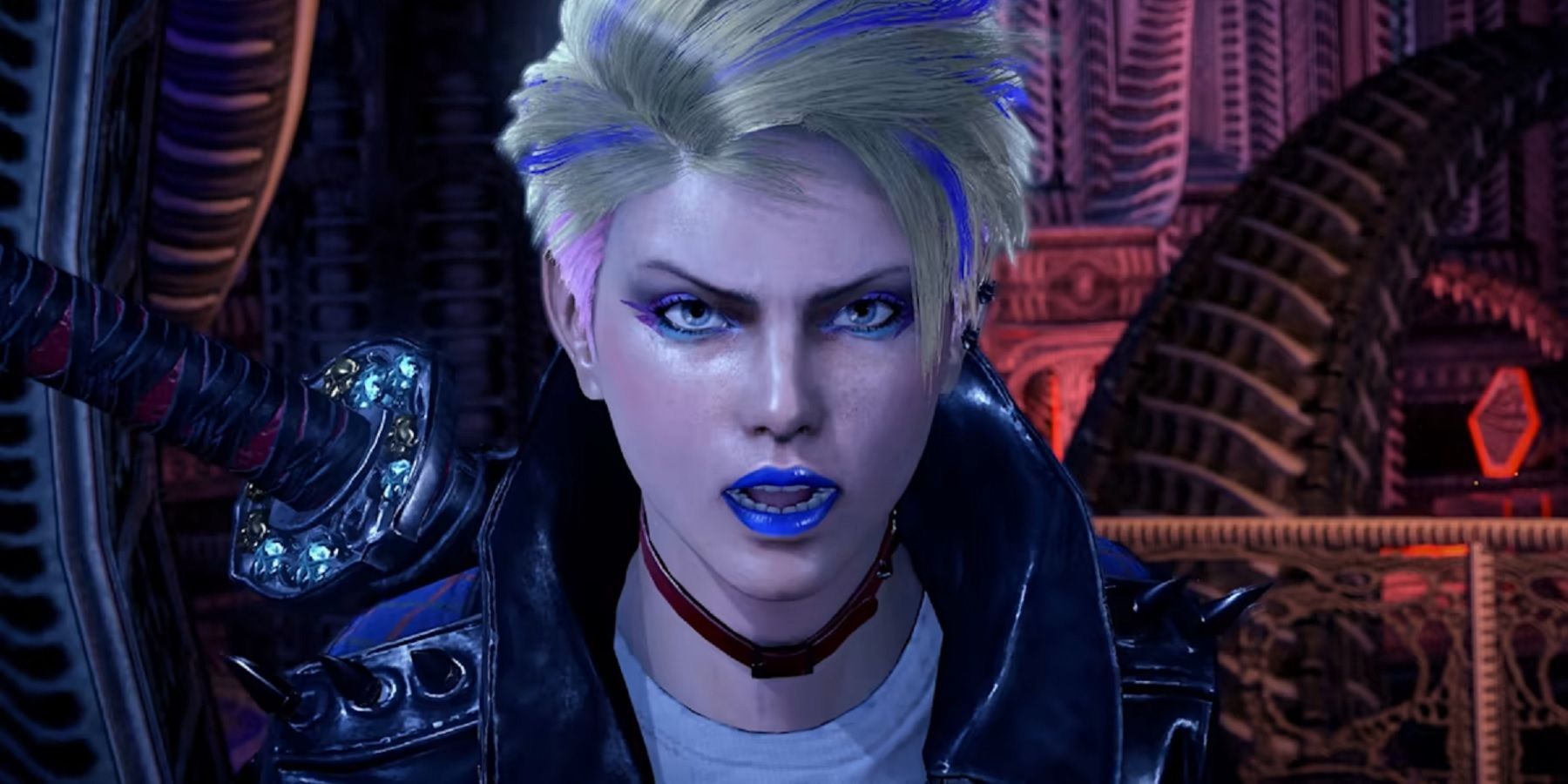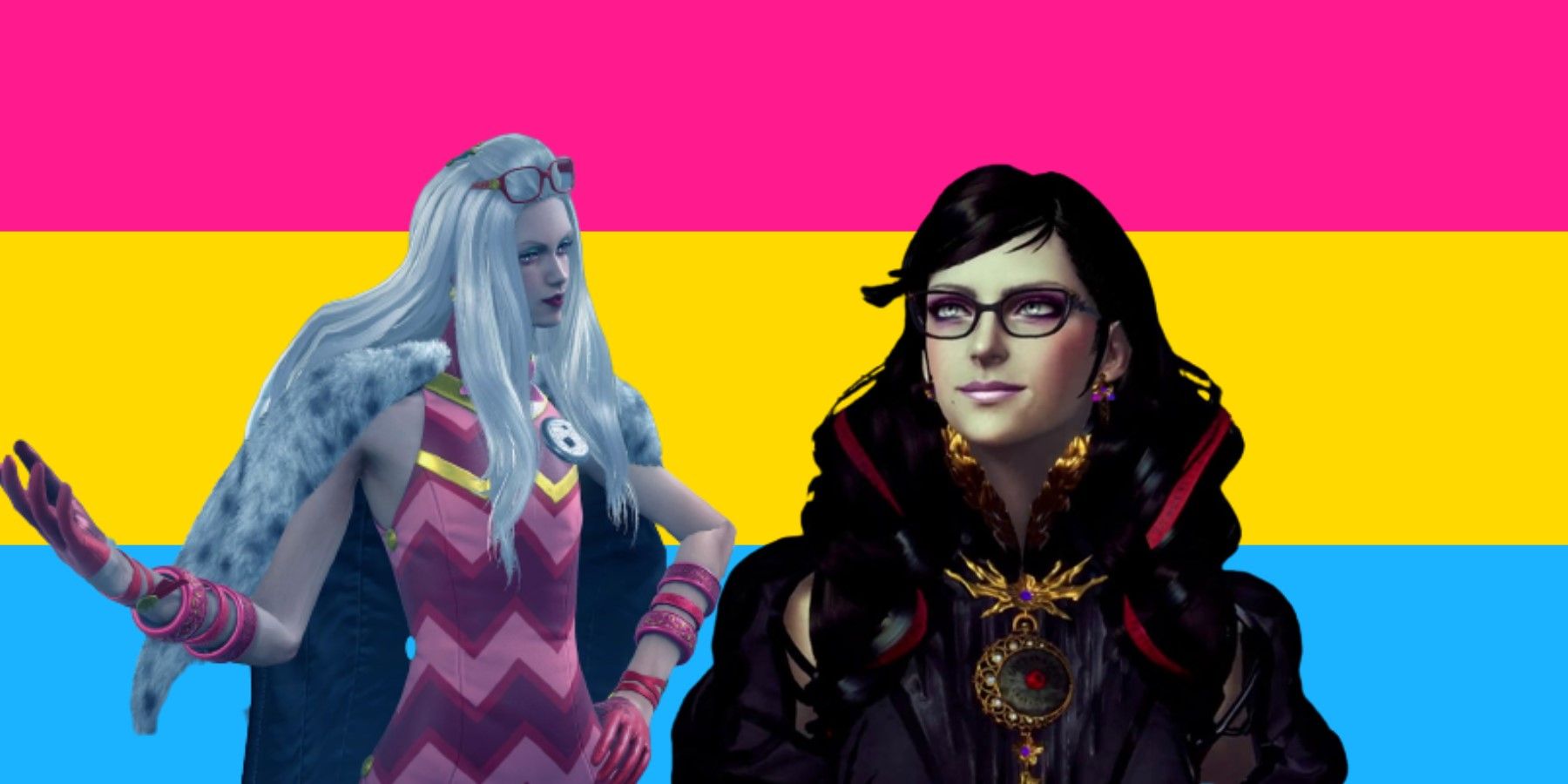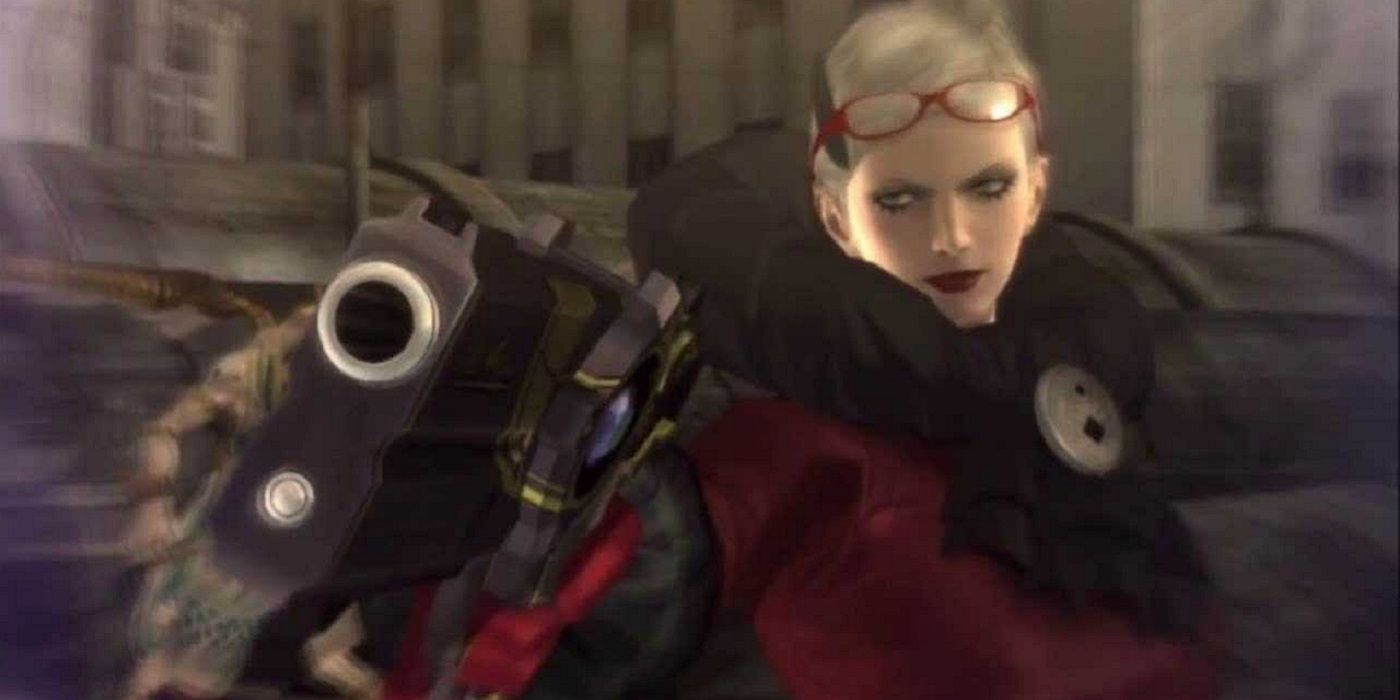For many fans of the series, Bayonetta 3's launch has been an emotional rollercoaster due to the controversy started on Twitter by Hellena Taylor, the former voice actor for the lead character in the first two games, who claimed she had been offered $4,000 to voice the entire game. The actress explained that Platinum Games offered even less than that, and the $4,000 offer came after speaking with Hideki Kamiya himself -- an offer Taylor declined because she considered it too low for a multi-million franchise. The video went viral, to the point that fans and journalists started digging into the matter ahead of Bayonetta 3's imminent launch, only to discover that Hellena Taylor hadn't been fully transparent about what she was offered.
The whole Bayonetta 3 voice actor ordeal is still in murky waters, and a feeling of unease spread within the community, especially when the game started to leak before launch, revealing performance issues and a story that may not be for everyone. However, the main issue with Bayonetta 3 seems to be much more rooted in the vision behind the game and its overarching narrative than the gameplay loop, and it has a lot to do with Bayonetta and her relationships. In fact, years of character development dedicated to making the titular witch an emancipated, queer woman who derives pleasure from her own sexuality get completely thrown out of the window in the third installment of the series.
Warning: Major Bayonetta 3 spoilers ahead
Bayonetta's Sexual Orientation and LGBTQIA+ Themes in Bayonetta 3
The fact that Bayonetta was always depicted as a dominatrix and as a powerful woman made the fact that the games sexualize her and her body not only more bearable but also a way to provide women with positive representation in gaming. In the first two chapters of the series, Bayonetta doesn't need to be saved -- she is the heroine who saves other people, including Jeanne, with whom fans believed she had an intimate relationship.
This is not something that fans simply wanted to believe, but it was also stated by developers and was even shown in drawings of the two women being clearly intimate beyond friendship, making their love canonical. In Bayonetta 2, the titular Umbra Witch even goes to the Gates of Hell in order to save Jeanne, which could be seen as an act of pure love for her. Even if the games didn't really make Bayonetta's sexual orientation clear, she was believed to be at the very least bisexual or pansexual, but Bayonetta 3 revises all this to a degree with the character's relationships, the overall story, and the way it ends.
How Bayonetta 3's Luka Strips Bayonetta of Self-Empowerement and Positive Representation

One of the core issues with Bayonetta 3 is the fact that the game puts a lot of emphasis on the relationship between the witch and a side character introduced in the first title: Luka. Luka had little significant impact on the series prior to the third game, to the point that it seems obvious in the first two games that Bayonetta only teased him and treated him as a toy or a pet of sorts, even calling him Cheshire after her favorite childhood doll.
Luka in Bayonetta 3 is quite different, and his design changes to match his newfound charm and powers, with which he ends up aiding Bayonetta multiple times. This is an inversion of roles, where the women-empowering, sexually-emancipated witch who initially saved Luka (a mortal human) thanks to her powers, now even depends on the journalist's brand-new powers and needs to be saved multiple times. As such, Bayonetta 3's lead character struggles to be an independent woman and starts to come across as a shell of her former self.
The final boss battle against the Singularity drives this point home. Bayonetta is no longer represented as an all-powerful, independent female character. In fact, she is often on the verge of losing to the Singularity, despite all the multiverse's versions of Bayonetta helping her, alongside Jeanne first, and then two Bayonettas from other worlds that the Singularity couldn't kill. The three Bayonettas fuse together, and that's still not enough to beat Bayonetta 3's final boss. But then, Luka comes into play and saves the day -- again.
Another major character in Bayonetta 3 is Viola, a witch in training whose purpose is to travel through the multiverse to save Bayonetta, who is revealed to be her mother. The father turns out to be Luka, who manages to rescue Viola even at times when Bayonetta herself couldn't, negating once more that sense of empowerment that the series' women have given thus far. Because Bayonetta and Luka are Viola's parents, the game also confirms they are in a relationship, but that's not all.
Before the final showdown against the Singularity, just as Luka is about to transport Bayonetta and Viola back to Manhattan, the Umbra Witch leans in for a kiss, which Luka romantically denies to save it for later. This is a juxtaposition to the previous games, where Bayonetta simply teased Luka, never kissing him.
However, in the final chapter of Bayonetta 3, in aftermath of the Singularity's demise, Bayonetta's soul is separated from her body, and demons try to snatch it and take her to hell. It's at this moment that Luka finally holds his loved one in his arms, saying he'll always be there for her, to which Bayonetta replies they have always been together -- but if that's the case, then the love story with Jeanne never happened. Then, both Luka and Bayonetta are claimed by hell, leaving Viola alone, crying.
Why Bayonetta 3's Final Boss Encounter Feels Representative of The Game's Vision

This concludes the game's story outside of the post-credit scenes, which reveal how Bayonetta 3 is not the last chapter in the series, and there's more to come. Still, it's worth going back to a specific moment during the fight between the various Bayonettas and the Singularity. After an intense battle in space, both contenders are launched at full speed on Earth once more, and as Bayonetta falls, players can see debris from the Statue of Liberty, with the head in the foreground.
One could argue that the destruction of the Statue of Liberty's head as Bayonetta falls through it represents the annihilation of the character's independence, showing how Bayonetta 3 gives up the ghost of its predecessors' legacy in terms of representation for women and queer people. In fact, LGBTQIA+ themes are entirely absent from this game, and it seems that all the build-up and what was seemingly canonical lore about the character's relationship with Jeanne is gone for good, whereas Bayonetta's sexualization feels like sexualization for the sake of it. What remains is a sense of loss, but it's unclear if it's a loss of identity or something else, and there's not much players can do about it.
Bayonetta 3 is available now, exclusively for the Nintendo Switch.


